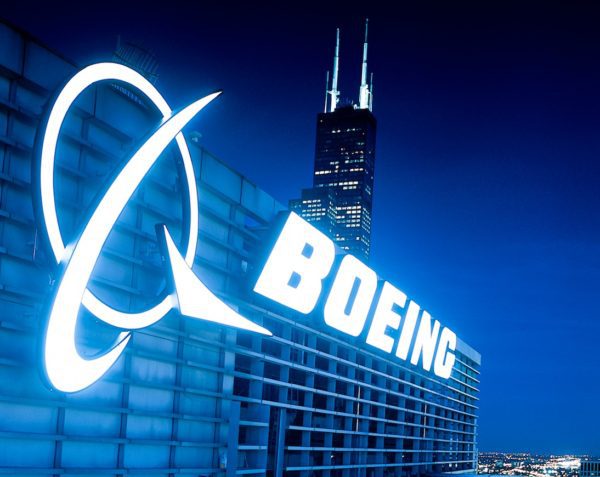
boeing buildingjpg e1560881048343
News
The 737 MAX has been problematic for so long it seems old news, and with the aircraft now flying again, all should be well in Renton. But as Coach Lee Corso would say, “not so fast, my friend.” Boeing has a huge backlog of undelivered airplanes that will saturate the market during a global pandemic, and will likely be unable to resume high volume production until 2023.
The market for new aircraft in 2021 remains depressed given the global pandemic and closure of international routes. Demand for the MAX is down from two causes, the pandemic itself and the reputation of the MAX after two crashes. It will take time before we know whether consumers will return to the MAX in large numbers, and, with the pandemic impacting demand for flights, the consumer reaction to the MAX will not be as rapidly known internationally, with India and China yet to approve re-entry of the airplane in two key markets.
The MAX, which critics have derided as the “world’s first self-hijacking airliner,” has a difficult road to climb as it re-enters service around the world to regain a reputation as a safe and dependable aircraft.




